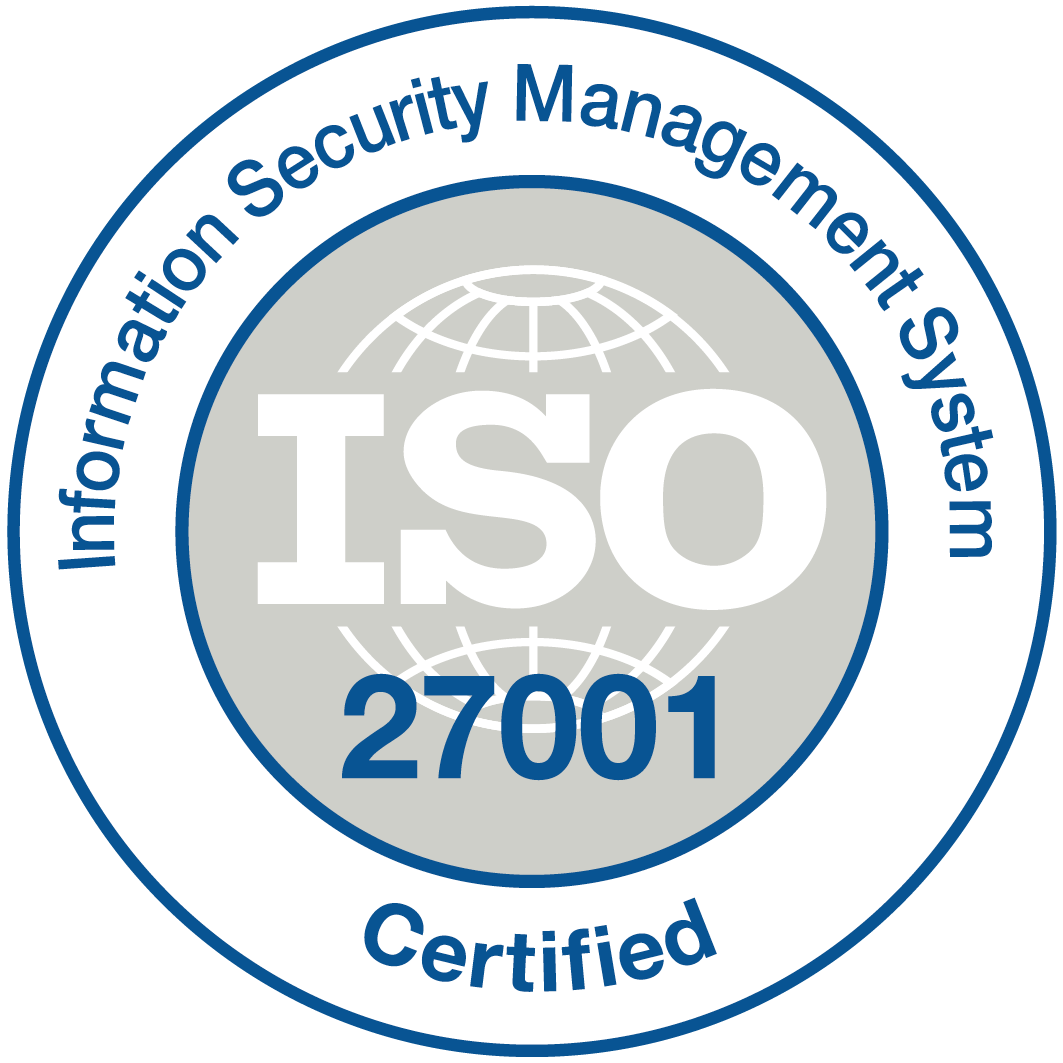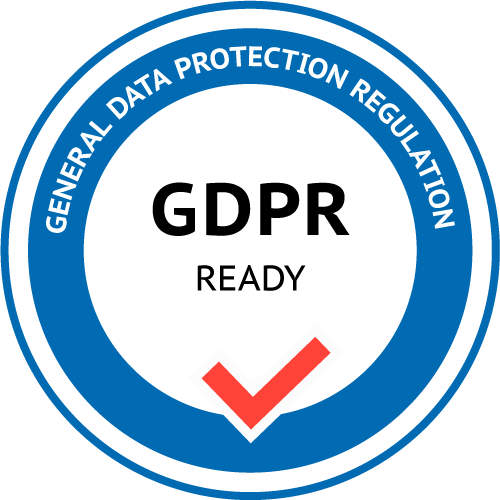Simply put, EDI (Electronic Data Interchange) is an automatic computer-to-computer exchange of business documents in a standard electronic format. EDI replaces the need for manual data entry of paper documents, such as purchase orders, invoices, shipping manifests, or product data, with electronic files that can be quickly and accurately processed by computers.
It’s a well known fact that manual data entry can lead to errors and delays. By automating Business-to-Business (B2B) communications, EDI removes the need for manual entry. Businesses use it to reduce costs and errors, improve efficiency, and streamline their operations.
The essence of an EDI is that it enables businesses to share data with their business or trading partners in a standardized format, which makes it easier to exchange information and conduct transactions. EDI can be used to exchange information between companies, or within a single company between different departments. In addition, EDI can help to improve communication and collaboration between different business partners. For these reasons, EDI is increasingly being adopted by companies of all sizes.
How Does EDI Work?
EDI involves the transfer of structured data between two different organizations. Trading partners can agree to use the same protocol to exchange EDI files, or if they use different protocols they must have an intermediary who can facilitate exchanges. The intermediary is usually a software application or network service provider.
The main components of an EDI system include translation software for converting documents into and out of EDI format, communication methods for transmitting, and databases for storing and retrieving documents.
So what does this process look like? It typically involves the following steps:
1. The sender creates an EDI document using a computer application. The document can be created from scratch or generated from an existing database.
2. The sender then transmits the EDI document to the recipient using a secure network connection.
3. The recipient receives the EDI document and can either view it online or download it to their computer application for further processing.
4. Once the recipient has processed the EDI document, they may provide feedback to the sender via the same secure network connection. This feedback can include confirmation of receipt, comments, or questions about the content of the document.
What are the Benefits of EDI?
Electronic Data Interchange offers many benefits over traditional paper-based methods. Like with any automated technology, these benefits can lead to improved efficiency and cost savings for businesses that make use of it. Here are the few most significant ones:
Faster processing
One of the main advantages of EDI is that it’s fast and it improves the flow of information between businesses. Documents exchanged electronically can be processed quickly and automatically in a matter of seconds, without the need for manual data entry. This speed-up process can save a considerable amount of time, especially for businesses that exchange large volumes of documents.

Reduced Errors
Managing a lot of manual paperwork is very susceptible to human mistakes. By automating the exchange of data, businesses can be confident that the information they are receiving is accurate and up-to-date. EDI reduces the chance of errors that may otherwise occur during manual data entry.
Lower Costs
Businesses that use EDI can have significant cost savings because it eliminates the need for paper documents, which can be expensive to print and store. Automating order processing and invoicing also saves time and money, and in addition to that, EDI helps businesses to reduce their inventory costs by making it easier to track inventory levels and reorder products.
Improved Compliance with Regulations
Another benefit of EDI is that it improves compliance with regulations. When documents are exchanged electronically, there is a clear record of when they were sent and received. This can be important for compliance with laws and regulations that require businesses to maintain certain records. Electronic documents are more difficult to alter than paper documents, which helps to ensure the integrity of the data.
What Are the Risks of EDI?
Though EDI (Electronic Data Interchange) has revolutionized how businesses communicate and share data, it’s not without its risks.
Data breach
Whenever sensitive information is exchanged electronically, there is always the risk that it could fall into the wrong hands. This is known as unauthorized disclosure, and it can have serious consequences for businesses.
If an organization’s EDI system is not properly secured, an outsider could gain access to confidential information such as credit card numbers and customer records. By its very nature, EDI involves the exchange of large amounts of data between two systems, and that makes it a potential prime target for hackers who are looking to steal data or cripple an organization’s IT infrastructure. Organizations need to be aware of the risks associated with EDI and take steps to protect their systems.
Rejection of Transactions
Rejection of transactions in the EDI system can happen for several reasons, the most common is when the trading partner’s system cannot process the transaction. It can happen due to incorrect or out-of-date software, incompatible hardware, human error, or if the data in the transaction does not meet the requirements of the receiving system. For example, if a required field is missing or if the data is in the wrong format.
In some cases, transactions may be rejected because they are considered to be high-risk. This usually happens when the transaction contains sensitive information such as credit card numbers or confidential medical records. When this happens, it is important to contact the sender of the transaction to resolve the issue.
EDI FAQ
What are The Most Common Types of EDI?
Direct EDI (point-to-point)
This type of EDI uses a direct connection between two computer systems of both trading partners, and data is transferred directly from one system to the other (point-to-point). This is the simplest and most efficient type of EDI, and it is often used for smaller businesses.
EDI via VAN (value-added-network)
A VAN is a value-added network that provides a means to exchange data electronically, even with businesses in other countries. VANs are typically used by businesses that need to exchange large amounts of data, such as retailers and manufacturers. They can also be used by businesses that need to exchange data with other businesses, like banks and insurance companies. VANs have some advantages over traditional methods of data exchange, they are much faster, more efficient, and more secure.
EDI via Internet (AS2 protocol)
AS2 is a standard protocol for exchanging files over the internet. It uses the internet to send data, but the data is encrypted and passed through a secure tunnel. This makes it much more secure than for example an email, which can be intercepted and read by anyone. AS2 is also faster than email because it doesn’t have to wait for the recipient to check their email or download the attachment. The sender can also receive an acknowledgment that the message was received successfully. This is important for businesses that need to exchange large amounts of data quickly and securely.
It not only saves time, but it also reduces the risk of data loss or corruption. AS2 is a secure protocol that uses digital signatures and encryption to protect data in transit. It is also very reliable, with built-in mechanisms for handling errors and resending files if necessary. Because of its many benefits, AS2 has become the standard protocol for EDI (Electronic Data Interchange) between companies.
What Industries use EDI?
Healthcare
In today’s healthcare industry, the use of EDI (Electronic Data Interchange) is becoming more and more commonplace. EDI allows for the exchange of patient information between different healthcare providers, as well as between providers and insurers. The electronic exchange of information can help to improve the efficiency of care delivery, and it can also reduce the risk of errors. As the healthcare industry continues to evolve, the use of EDI is likely to become even more prevalent.
Supply Chains and Logistics
For example, when you place an order on a website, that website sends the order information to the retailer’s EDI system. The retailer then uses the EDI system to send the order information to their supplier. The supplier can then use the EDI system to send confirmation that the order has been shipped and so on. An automated process can save a lot of time and eliminate mistakes that can occur when information is sent manually. In today’s fast-paced world, EDI is essential for retail, commerce, manufacturing, and supply businesses that want to stay competitive.
Accounting
Accounting is the process of recording, classifying, and summarizing financial transactions to provide information that is useful in making business decisions. EDI comes in as a handy tool to send and receive invoices, purchase orders, and other documents electronically, without having to rely on paper-based processes. Many businesses are now using EDI to streamline their accounting processes.
EDI Pricing
EDI is a great way to improve efficiency and reduce errors, but it can also be costly, with prices ranging anywhere from hundreds to thousands of dollars. When choosing an EDI provider, it’s important to understand the pricing model. Some providers charge a flat monthly fee, while others charge a per-transaction fee. There may also be additional charges for features like storage and support. To get the best value for your money, it’s important to compare pricing plans and choose the one that best meets your needs.
While EDI is an effective way to move purchase orders, invoices, and other documents between businesses, it can be expensive. DOKKA offers a more affordable solution that automates the process and makes it faster and easier for you to do business with your partners. If you’re looking for a more efficient way to handle your AP processes, contact us today for a free consultation. We would love to show you how our platform can save you time and money.







